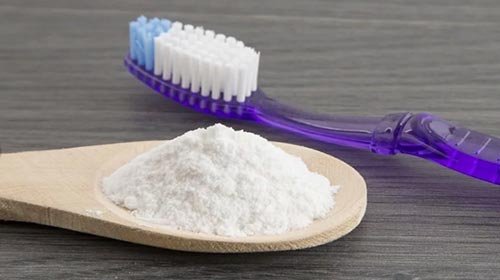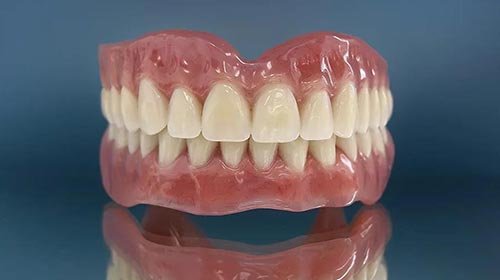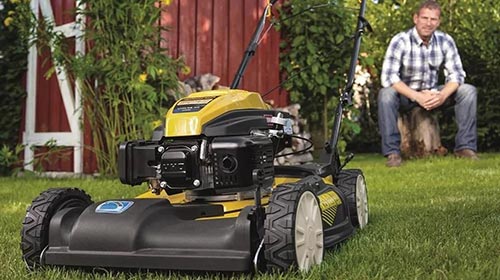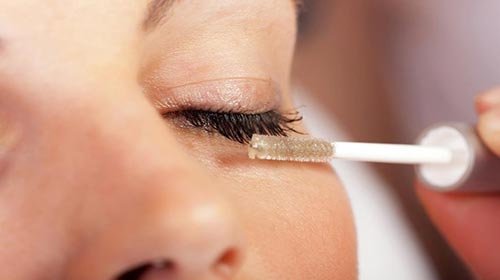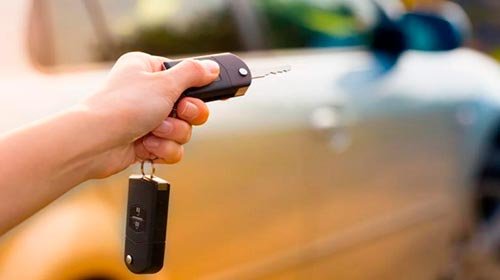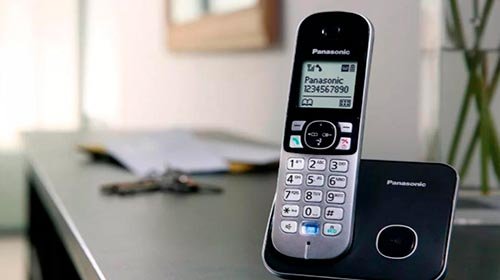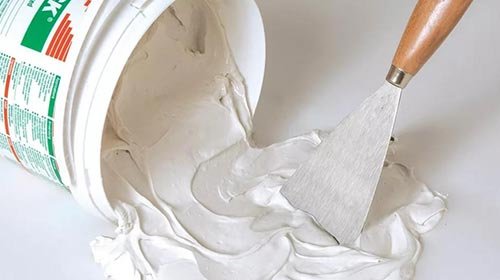It is strange that most people prefer to clean the apartment with a vacuum cleaner rather than a broom, but they still brush their teeth with mechanical toothbrushes. But the effectiveness of electric brushes is obvious: with all the diligence with conventional brushes, we can perform no more than 20-40 movements around each tooth, and electric ones process teeth at a speed of over 5 thousand rpm. They also help to control the cleaning time and pressure force, thereby ensuring a high level of hygiene and increasing the frequency of visits to the dentist. In general, solid advantages, especially if you know how to choose the right device for you.
Content:
Types of electric brushes
We select the optimal model for the principle of action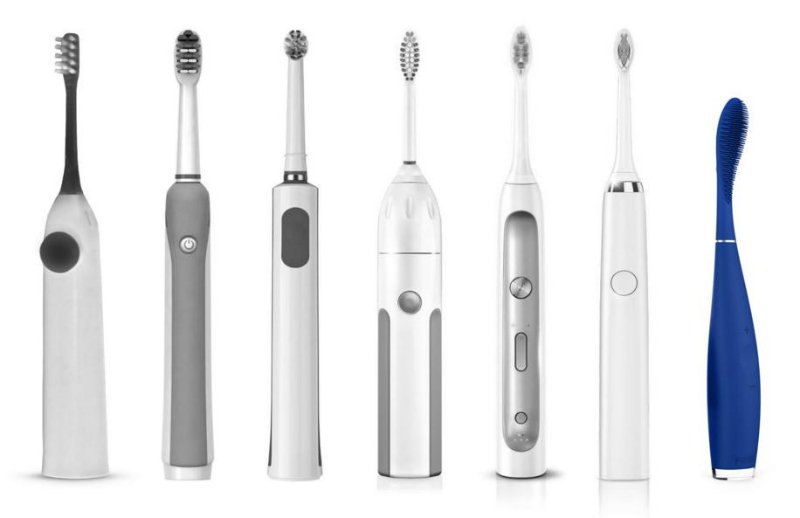
The simplest and cheapest type of electric toothbrushes is a device with electric drive, due to which it performs mechanical movements. In fact, this is the same hand brush, and full hygiene with its help is possible with good manual skills and a responsible approach to the cleaning procedure. At once we will say that such models are not in special demand and are practically never on sale.
The next type is ionic toothbrushes, which look a little different from normal ones, since the massive power supply in them is replaced by a miniature battery (disk or solar). Their principle of action is the release of negatively charged ions and the destruction of plaque. Some experts doubt their effectiveness, but most of the reviews agree that the original products are definitely worth the money.
Finally, the most common devices - sound and ultrasound. The difference between them is very conditional and lies in the different frequency of oscillation of the villi: sonic brushes work at a frequency of up to 20 kHz, ultrasonic - up to 1.7 MHz. The first option is more applicable for daily care, because it cleans the teeth mechanically better, while the second is recommended for periodic prevention of the formation of tartar.
Packing Parameters and Modes
Understanding 2D and 3D technologiesBefore you choose an electric brush for yourself, ask your dentist what kind of cleaning modes he recommends. For example, the use of brushes capable of performing only horizontal or only rotational movements is contraindicated for people with sensitive enamel and an imperfect row of teeth, inflammation of the gums. But they are shown to those who have diseases of the musculoskeletal system or the nervous system and cannot resort to manual cleaning.
Most people are suitable devices with a round or oval nozzle size from 18 to 25 mm (for children) and up to 30 mm (for adults), the bristles of which move along one of the paths:
- 2D - reciprocating motion combined with sweeping;
- 3D - involves a combination of reciprocating rotational movements with vertical pulsation.
Three-dimensional impact allows you to simultaneously loosen and remove plaque. Thus, electric toothbrushes with 3D cleaning technique are rightly considered more efficient. As for the cleaning regimes, the habituation regime is very desirable for beginners, which initially treats the teeth more carefully and then gradually increases the intensity.
Complete set nozzles
How to choose the number of cleaning nozzles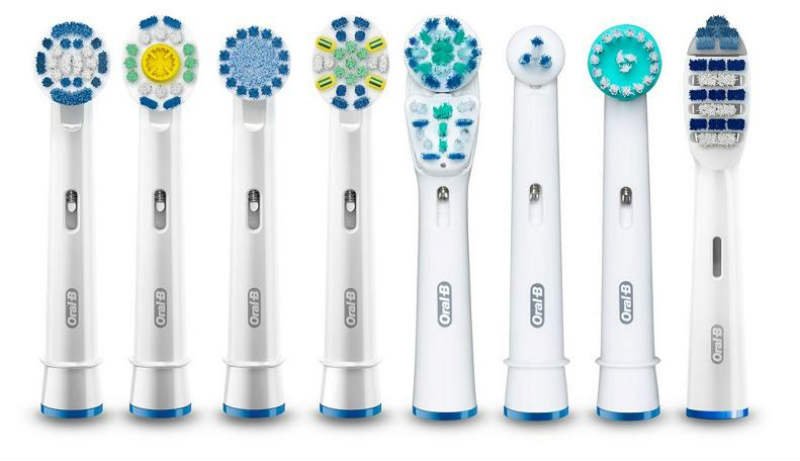
In most modern models, a replaceable head is provided - and this is good, because it allows you to change them as often as hygiene rules require.The manufacturers decided not to stop and offered sets with 2–5 nozzles of various functionality. Here is a list of the main varieties:
- for daily cleaning - it is a head with bristles of medium hardness;
- for bleaching - the working surface is treated with a special substance that has a whitening effect; you cannot use this nozzle on an ongoing basis;
- for sensitive teeth - they are distinguished by a special softness of bristles and are intended for people with hypersensitivity of the gums or teeth;
- for cleaning braces - effective cleaning of the elements of the fixed structure is provided by bristles of different density, length and diameter;
- for cleansing interdental space (interdental) - consists of a single bundle of fibers, trimmed at an angle, and allows you to get rid of plaque between the teeth, including and crowded.
There are many other special attachments - for children, for cleaning the tongue, implants, dentures, light fillings, etc. Specify the need for a particular attachment at your dentist.
Power supply
Determine - power grid, battery or batteriesIf there is a power outlet in your bathroom, you rarely travel, and the child will not use the brush, pay attention to the toothbrushes that work on the mains. They can operate indefinitely, while providing the necessary power for all functions.
Battery power eliminates the attachment to a household outlet and significantly expands the area of use of the appliance: you can take it with you on a business trip, use it in any room where there is no connection to the electrical network. However, batteries are often made non-removable, and if you break down on your own, you cannot change them.
In addition, you need to consider the time of continuous operation and the time required to charge the battery: some models need to charge the whole day. Before choosing a cordless toothbrush, compare these two parameters and find out the possibility of using it twice a day. We recommend buying products that will have to be charged no more than 10 hours.
Batteries help out a lot when traveling, but they are not economical at home. In addition, most batteries, especially from the budget segment, do not have enough power to start the functional head. Although for children it is a good option, but in the end, the battery is still the best choice.
Additional features
Selection of options - we evaluate our own needs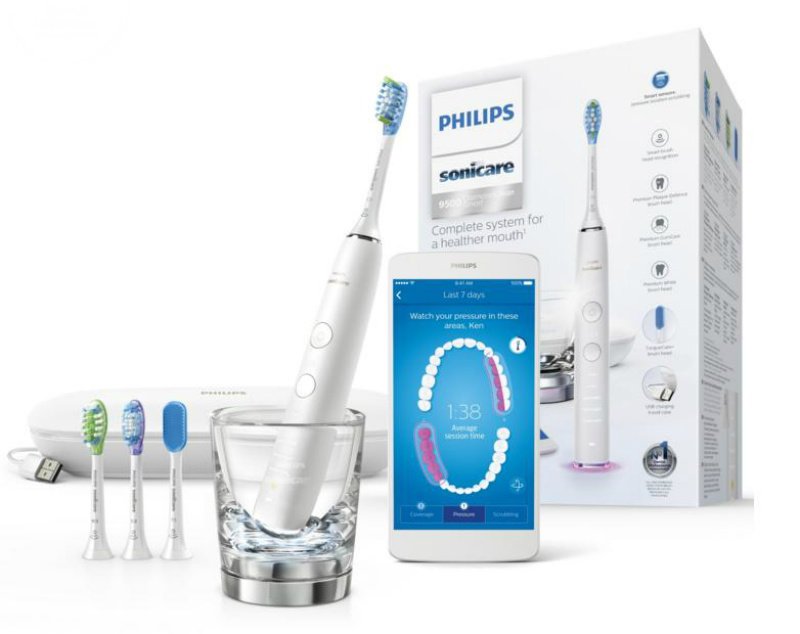
Additional equipment greatly simplifies the operation of the toothbrush and increases the efficiency of the procedures. At the same time, its presence significantly increases the cost of the product. We suggest right now to note for ourselves the need for each option and assess its willingness to overpay for it 10–20% of the price of the brush:
- timer - counts 4 periods of 30 seconds each and makes it clear by signal or vibration that it is time to move to another area; reviews indicate that this is one of the most useful features;
- light or sound pressure indicator - monitors the force of pressing the nozzle to the teeth and prevents damage to the enamel and soft tissues (light is considered a less convenient method of indication);
- charging indicator - warns the situation when the battery suddenly discharges and the brush stops working at the most inopportune moment;
- wear indicator - implemented as a daily timer or bristles that change color, and allows for timely replacement of the nozzle;
- Charging stand - an accessory that simplifies storage of the device, and often combined with a charger.
More expensive electric toothbrushes can also be equipped with a remote information display with information on the operation mode, sensor readings, etc.
Ergonomics, weight and dimensions
Let's talk about the comfort of useFrom the reviews, we selected the important parameters of a convenient electrical brush. Firstly, it should not be cumbersome and heavy - 150 g is considered ideal by most users.In addition to gravity, it is worth assessing the comfort of capture - for the sake of this, you can even find the model you like in the store and try it on yourself.
It is very desirable to have rubberized inserts that prevent the device from slipping out of hand. For cramped conditions, the wall mount of the stand or the main unit is actual, which will allow to free up space on the shelves. Reliable storage of a variety of accessories and additional attachments, as well as their lossless transportation, is designed to provide a branded case or cover.
If you are staying on a mains powered toothbrush, evaluate whether the length of the power cable is sufficient. Well, when it is enough to use the device away from the outlet. Before you choose a common brush for the whole family, ask if there is any marking of the nozzles at least in color or color marks, otherwise the household will periodically confuse their attachment with someone else's.
Toothbrush for baby
How to choose a children's device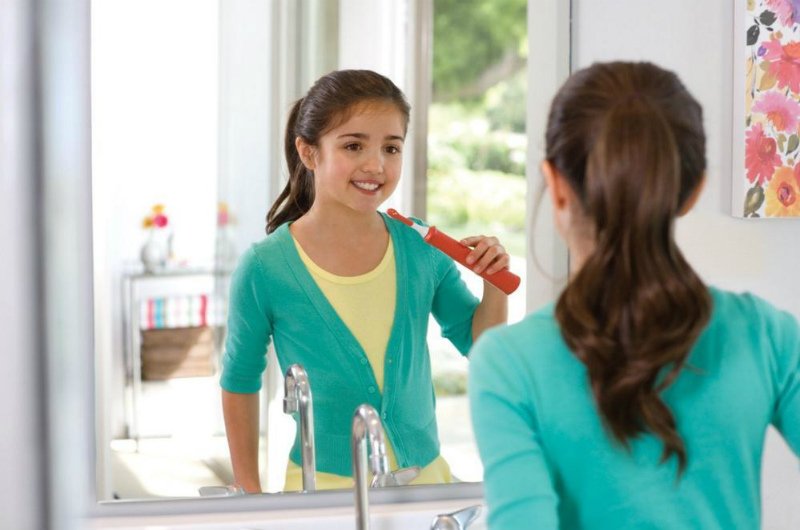
A child under 14 years old enamel is not sufficiently mineralized, so an excessively stiff brush and an aggressive brushing mode can damage it. The use of an adult brush for children is unacceptable - they need to pick up a small device with a bright design and a sparing effect on the teeth. Remember that children up to 3 years old are contraindicated in any electric brushes, and under 14 years old they cannot use ultrasonic ones.
A few more recommendations on choosing:
- the age range specified by the manufacturer should be as specific as possible, i.e., the “2-3 years” mark is more priority than the “3-10 years”;
- a child older than 6 years old can already use a brush of medium hardness, but only with a pressure sensor;
- long-handled toothbrushes are good when parents help your child brush their teeth, otherwise you should prefer a brush with a short holder.
If the child in every possible way takes time off from carrying out the procedure, take a closer look at the models working via Wi-Fi or Bluetooth with free mobile applications. They work in a game format, teach children to monitor oral hygiene, and for high-quality cleaning give rewards. Judging by the reviews, the games really help - children brush their teeth with pleasure.
Dental Center
When a single sonic or ultrasonic brush is not enoughFor smokers, people with diabetes, braces and just those who want to achieve perfect cleanliness in the mouth, one toothbrush will not be enough. To completely clean the molars, interdental space and periodontal pockets, it is better to use an irrigator - a device that feeds a thin stream of water or a special solution under pressure to the right place.
A set of a toothbrush and irrigator is called a tooth center. When buying such a kit, take a closer look at the irrigator parameters: whether the pressure is regulated, how many adjustment levels are provided, how large the volume of the fluid reservoir is, whether the length of the hose allows the user to stay away from the main unit.
Again, from the reviews, we “calculated” the optimal characteristics: from 30 to 650 kPa - a pressure range sufficient for the whole range of procedures; from 3 to 5 degrees of adjustment; 150 ml is a convenient reservoir volume for a portable device and 500 ml for a stationary one; 30–50 cm - standard hose length (there are designs with hoses up to 1 m in length).
Manufacturers and Warranties
What firms are popular among users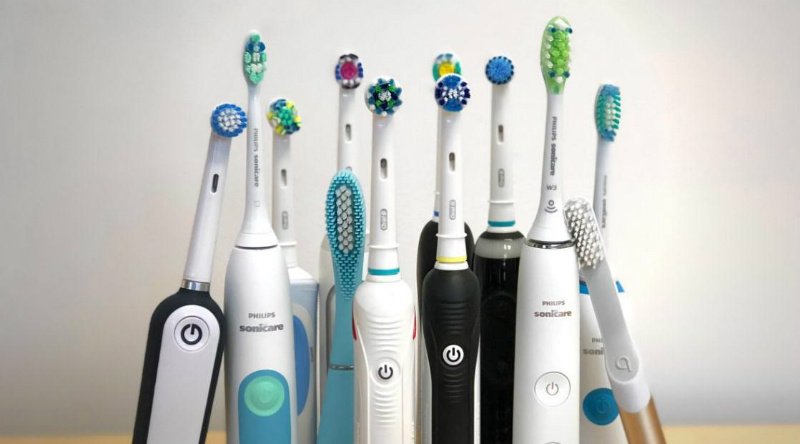
The undisputed market leaders for electric toothbrushes are Oral-B and Philips. They are characterized by a large assortment of various models in all price segments. Producers who are well-known to consumers in other types of household appliances - AEG, Panasonic, Remington - successfully try their hand.
In our opinion, the less promoted brands in the Russian spaces are worthy of attention: for example, in numerous reviews, the Japanese Hapika toothbrushes, the Russian-Chinese SC Medica, and the Russian Donfeel are praised. Their very wide choice, acceptable cost and high-quality service create prerequisites for catching up and pressing down the leaders in the near future.
As for the service life, the electric brush is usually designed for 3-year trouble-free operation.For a period of 6 months to 2 years, companies are ready to provide a guarantee of free repair or a refund if the device fails due to the manufacturer’s fault. Therefore, carefully read the instructions and strictly follow the rules of operation! And do not be lazy to find a local service center and just in case to ask how often they have this or that model being repaired.
Price ranges
Find out how much your model is worth.The most inexpensive, however, very popular battery-powered model is represented by the Oral-B brand - this is Vitality 3D White Lux. No additional nozzles and functions are provided - 1 nozzle, 1 mode, the time of continuous operation is 28 minutes. True, there is a timer and an indication of wear of the bristles. There is such a brush about 1100 rubles. Equally simple models at about the same price - up to 1,500 rubles. can be found at AEG (mod. EZ 5623) and CS Medica (mod. CS-131).
Oral-B, Colgate, CS Medica, Panasonic and Hapika have even cheaper models - from 400 to 1000 rubles, but they all work on batteries and also have extremely limited functionality. To become the happy owner of a rechargeable brush with a reasonable number of nozzles, a timer, convenient indication and several modes of operation, you need to be prepared to spend from 1500 to 3000 rubles - In this price range, the choice is as large as possible.
Finally, the premium segment is represented by Philips, Oral-B, Emmi-dent and Kolibree. The models are ultrasonic, have a stylish design, have nozzle recognition and synchronization with a smartphone, are equipped with a display and sensors, and cost accordingly - from 10 to 20 thousand rubles.

